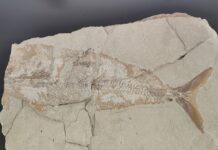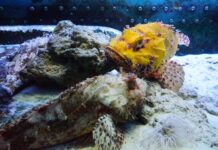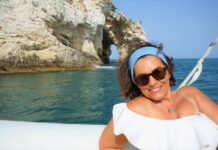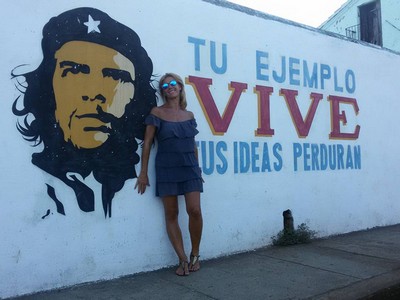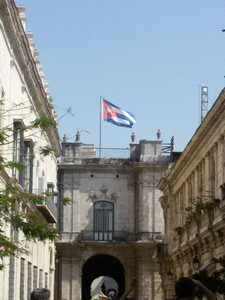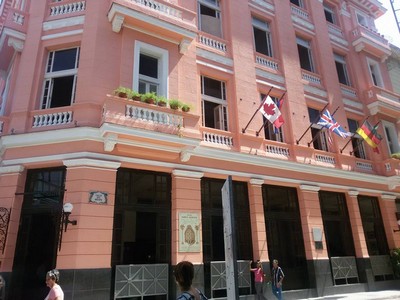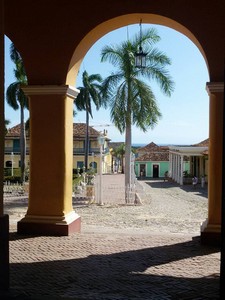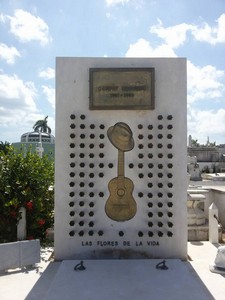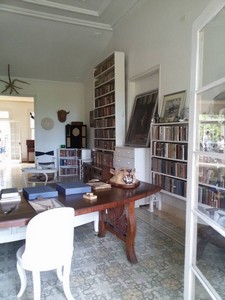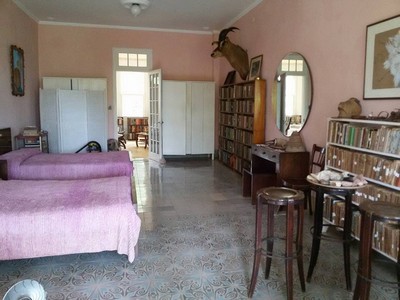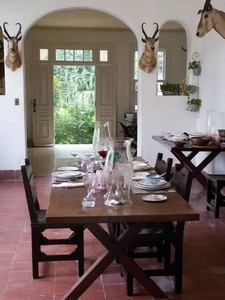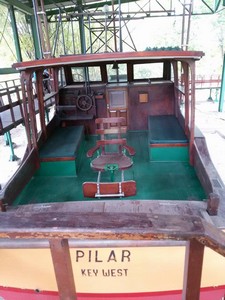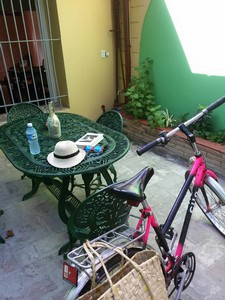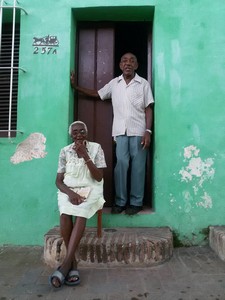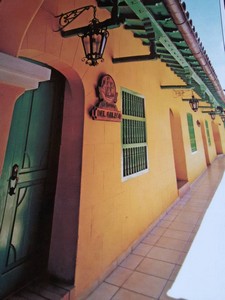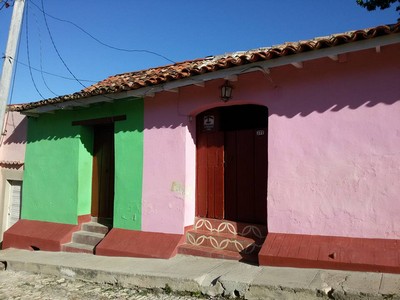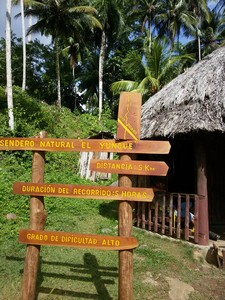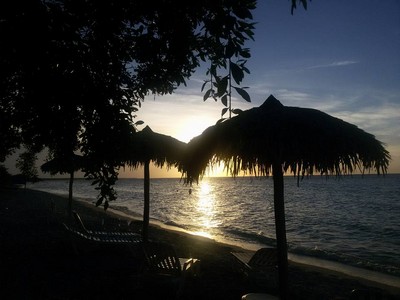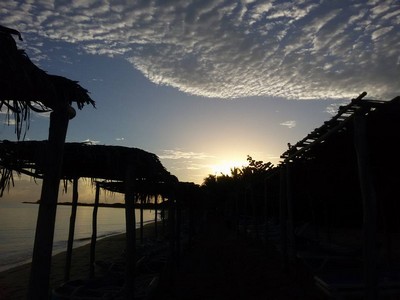Traveling is a school of humility, does touch the limits of their understanding, the precariousness of the schemes and tools by which a person or a culture presumed to understand or judge the other. (C.Magris). Breathe Cuba is essentially this… More than five centuries has passed since Christopher Columbus “never saw something so beautiful”. Today as yesterday, you will be enchanted by the light, the colors, the scents, the rhythms of this island lies in the Caribbean Sea.
Where to start to explore Cuba if not from La Habana Vieja with its historical core, also called Intramuros, the largest center of colonial art of Latin America, protected by UNESCO. And from the Malecon, more than a promenade, a place where all roads seem to lead. In the streets Obispo, Mercaderes and Oficios, arise some beautiful colonial mansions.
A wonderful example is the house Finca Vigia where Hemingway moved with 9,000 books and evocative museum today.
Other places to visit and to get lost are the paladar, mini restaurants in private homes arised everywhere, where you can taste the real local cuisine, which is born from the meeting of African and Spanish cultures, with French and Chinese influences. A separate chapter deserves the rum, to drink in refined cocktails like the Mojito, with mint leaves, sugar, soda and lime, and the Daiquiri, with crushed ice and lime, as well as Hemingway was right, in the two most popular bars in Cuba, La Bodeguita del Medio and Floridita. How to resist the thrill of sitting at the same table where the great American writer spent his evenings in Cuba? Are the same places where the music never fails because in Cuba every opportunity to sing and play. And if “la casa della Trova” (the house of music in every city of the island) is closed, they party is in the streets and in homes.
From Havana tour continues in other cities of the island, Baracoa, Bayamo, Trinidad and Santiago de Cuba. Both the historic center of Havana and of Trinidad have been declared UNESCO World Heritage.
Traveling from Havana to the west you come to the land of tobacco, an endless sequence of plantations which produce the raw material for the famous Cuban cigars. To the east, along the Via Blanca, the coastal road that links the capital to Varadero, there are the beaches of Playa del Este, with fishing villages like Cojimar, which owes its fame to Hemingway and his novel “The Old Man and the sea”.
Towards east we enter the region of sugar, a flat countryside, very green, dotted with cane plantations. Here women and men work in the hot sun, but their face is fierce. Yes, because in Cuba everything smells of strength, pride and dignity.
In Cuba, people are used to create what is missing and even today, seem incredible, but it lacks everything from drugs to car parts to drinking water, but there are books. Every ten meters there is a library. Literacy wanted, supported and implemented by the revolution at 100%. La revolucion of Fidel Castro and Che Guevara has shaped a proud people and, however you think, a people who despite adversity cries Aqui no se rinde nadie! (Here is not giving up none). “In prosperity the choice is difficult. In the adversity you can not choose. You’ll see. I will learn to take the gold out of the mouth of the lion”. (Like the wind in the almond trees. M.Cohen)
Trinidad is located on the southern coast, founded in 1514 and enlarged in the eighteenth century: a magnificent relic of the colonial era, with its baroque palaces, gardens, pastel-colored houses with windows protected by “rejas”, wrought iron railings, the walls of “tiles” of Seville, shady patios and rich tropical vegetation. The streets are cobbled, the cars are rare, the light is magic, the atmosphere that refers to the past with a certain nostalgia. Another important city is Ciego de Avila which has faced the extraordinary archipelago of Jardines de la Reina, also called Laguna de la Leche for the milky color of the water, due to the high content of calcium, while Camaguey is considered the wild west of the island where you can run about on merry bicitaxi. Santiago de Cuba lies at the foot of the Cordillera and is perpetually shrouded in a cloud of vapor tropical: an exotic center populated by different ethnic groups, which most Caribbean Cuban. South-eastern end of Cuba here Baracoa, with its colonial atmosphere: rainforests that resemble those of the Amazon, wooden houses sunk in the greenery in the background of thesquare massive of El Yunque, the sacred mountain, with the top perpetually lost in the clouds. This is Cuba. This what I brought with me, in my mind, in my eyes and in my heart.
(Text and photos by Maricetta Pomes)



